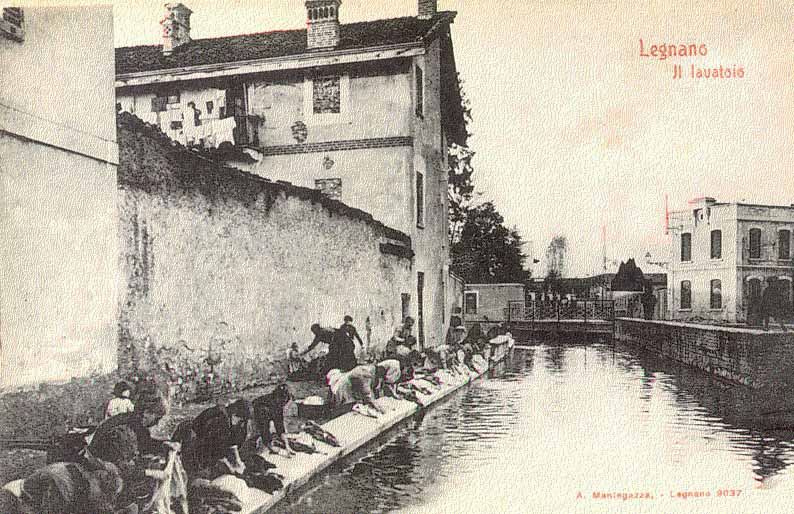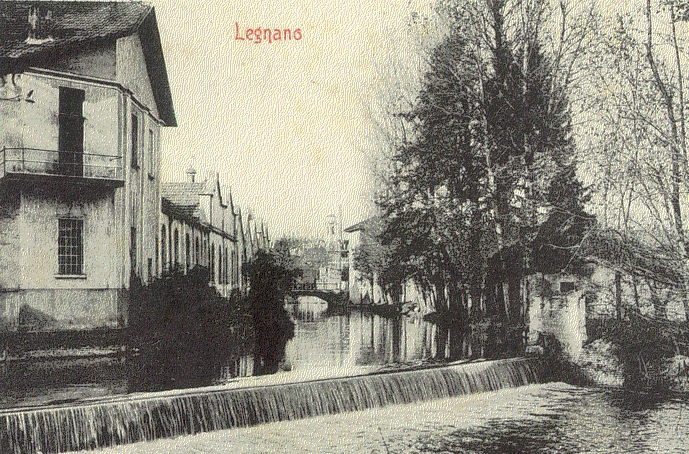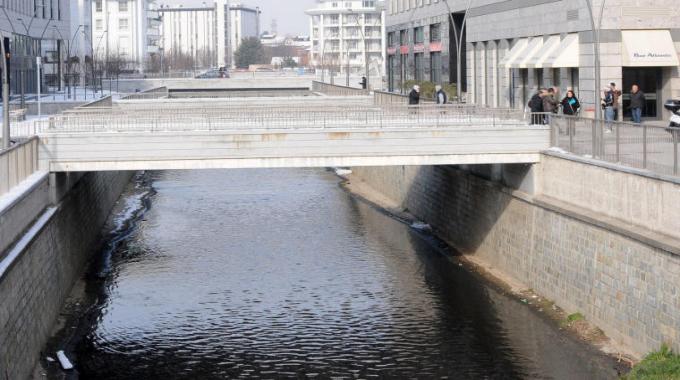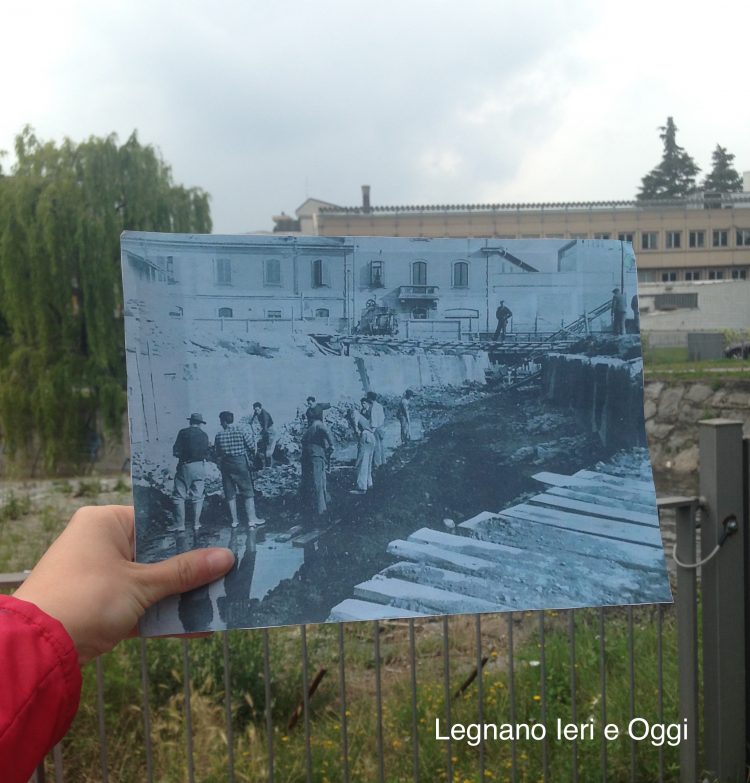Il fiume Olona nasce a 548 m in località Fornaci della Riana alla Rasa di Varese, presso il Sacro Monte di Varese, all’interno del Parco regionale Campo dei Fiori. Solcata la Valle Olona e attraversato l’Alto Milanese, l’Olona giunge a Rho, dove versa parte delle sue acque nel Canale Scolmatore di Nord Ovest. Passata Pero, il fiume entra a Milano, dove, all’uscita del suo percorso sotterraneo, confluisce nel Lambro Meridionale in località San Cristoforo ponendo fine al suo corso. Il Lambro Meridionale sfocia poi nel Lambro a Sant’Angelo Lodigiano. Lungo il suo percorso, il sistema idrico formato dall’Olona e dal Lambro Meridionale attraversa o lambisce 45 comuni ricevendo le acque di 19 affluenti.

L’Olona è noto per le cascate e le grotte di Valganna e per essere stato uno dei fiumi più inquinati d’Italia. La valle scavata dal fiume, grazie all’impianto di ruote idrauliche che sfruttavano la forza motrice originata dall’acqua, è stata una delle culle dell’industrializzazione italiana.
Il fiume talvolta è indicato anche come “Olona settentrionale” per l’omonimia con un altro Olona, che nasce a Bornasco e che sfocia nel Po dopo aver attraversato la provincia di Pavia. Questo secondo Olona, a sua volta, viene designato come “inferiore” o “meridionale”. L’omonimia non è di origine imitativa o etimologica, ma è dovuta al fatto che originariamente si trattava di due tronconi dello stesso fiume, deviato dagli antichi Romani nel suo tratto superiore verso Milano e la Vettabbia.

Il fiume Olona a Legnano ha sempre avuto un’importanza notevole, in primis per l’economia agricola e industriale. Originariamente aveva un corso molto libero, ma con l’urbanizzazione e l’aumento del traffico in città, è stato necessario ridimensionare il corso con la costruzione di nuovi ponti e una rete fognaria adeguata alle necessità. Infatti, intorno alla metà del ‘900 vennero chiusi molti tratti dell’Olona per consentire la costruzione di strade fruibili con i mezzi di trasporto.
The Olona river rises to 548 m in the village of Fornaci Riana to Rasa Varese, at the Sacro Monte of Varese, within the Regional Park Campo dei Fiori. Crossed the Olona Valley and crossed the Alto Milanese, Olona reach Rho, which pays part of its water in the floodway channel of the North West. Pero passed, the river enters in Milan, where, at the exit of its underground course, flows into the Lambro South in San Cristoforo ending his course. The Southern Lambro flows into the Lambro in Sant’Angelo Lodigiano. Along the way, the water system dall’Olona format and the Southern Lambro flows eastwards through 45 municipalities receiving water of 19 tributaries.

The Olona is known for waterfalls and caves of Valganna and for being one of the most polluted rivers in Italy. The valley carved by the river, thanks to the system of water wheels that exploited the driving force originated from the water, it has been one of the cradles of Italian industrialization.
The river is sometimes also referred to as “the northern Olona” to the same name with another Olona, who was born in Bornasco and which flows into the Po after crossing the province of Pavia. This second Olona, in turn, is designated as “lower” or “Southern.” The same name is not imitative or etymology, but is due to the fact that originally there were two sections of the same river, diverted by the ancient Romans in its upper reaches to Milan and Vettabbia.

The river Olona in Legnano has always had considerable importance, primarily for the agricultural and industrial economy. Originally had a very free rein, but with urbanization and increase in traffic in the city, it was necessary to resize the course with the construction of new bridges and a proper drainage system as needed. In fact, around half of the ‘900 were closed many stretches dell’Olona to allow the construction of roads usable with means of transport.
